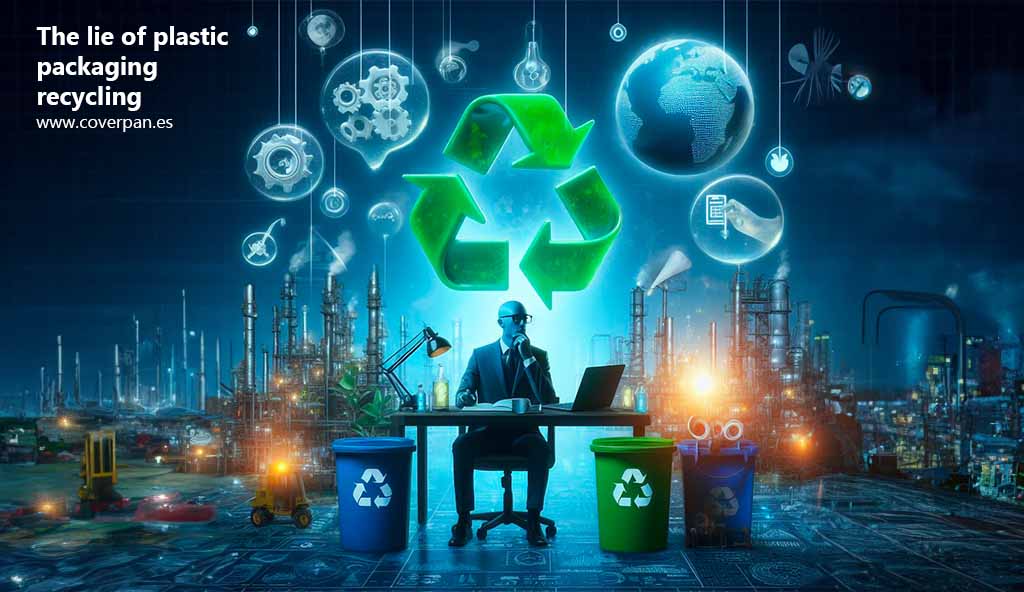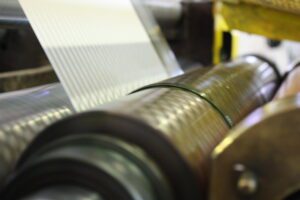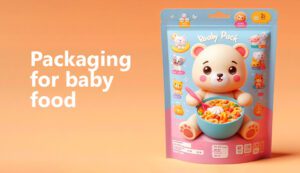The petrochemical industry has been accused of “laundering” plastics, according to a report published by the Center for Climate Integrity (CCC). The study, entitled “The Fraud of Plastic Recycling”, reveals a campaign of deception and misinformation orchestrated by Big Oil and the plastics industry for more than 30 years.
Research reveals misleading strategies on plastic recycling
The report reveals that despite the fact that major petrochemical companies such as Exxon, Chevron, Dow and DuPont have known for decades that mechanical recycling of plastic was not a viable solution, they have carried out fraudulent marketing and public education campaigns to convince the public and administrations of the recyclability of plastic waste.
Although the recycling rate of plastic packaging in Spain has improved, the reality is that most plastic packaging is not recycled and ends up being incinerated in waste management plants.
Plastic, made primarily from fossil fuels such as oil and gas, presents significant challenges for recycling. Some of these obstacles include:
Variety of materials: The wide range of plastic types makes processing and recyclability difficult. The purest plastics are easier to recycle than those with complex compositions. One of the plastics with the highest recyclability rate is polyester (PET) which, once recycled, is known as rPET.
Multi-layer structures: There are a myriad of combinations with which to make barrier packaging composed of two or more layers of different materials. These plastics when laminated together cannot be easily separated, and although chemical separation and mechanical separation methods are being developed, they are very costly techniques to implement on a large scale and are not being used in practice.
Decreasing quality: During the recycling process, the quality of plastics degrades, which limits their reuse for uses such as in the food industry. The restriction in reuse is due to the lack of separation of post-consumer plastic packaging according to its specific application. This indiscriminate mixing includes plastics intended for agricultural, chemical and food uses, thus limiting their suitability for applications in the food industry.
Toxicity and costs: The toxicity of plastic materials and their chemical additives, together with the high costs of producing recycled plastic, make recycling not economically viable in many cases.
However, there is a promising alternative: biodegradable and compostable packaging.
The real alternative to plastic packaging
In order to combat the lack of awareness of consumers and professionals in the packaging industry, caused by unsustainable practices such as those mentioned above, we propose a concrete and feasible alternative to replace the current non-recyclable plastic packaging.
We refer to packaging made from bioplastics, which are biodegradable and compostable. These are organic materials of plant origin that decompose naturally in the environment without causing harm.
We briefly explain the difference between biodegradable and compostable packaging below:
Biodegradable packaging: Biodegradable packaging decomposes in nature without the need for external factors. Biological processes, such as the action of bacteria and fungi, break them down under natural conditions. In the end, they are reduced to water, biomass or carbon dioxide.
Compostable packaging: Compostable packaging is even more special. After processing, they are composted. This means that instead of becoming waste, they become a valuable resource for the land.
By opting for biodegradable and compostable packaging, you are helping to reduce the plastic waste crisis and promoting more environmentally friendly practices. Discover our sustainable packaging and join the PackInGreen movement!




